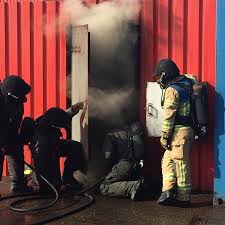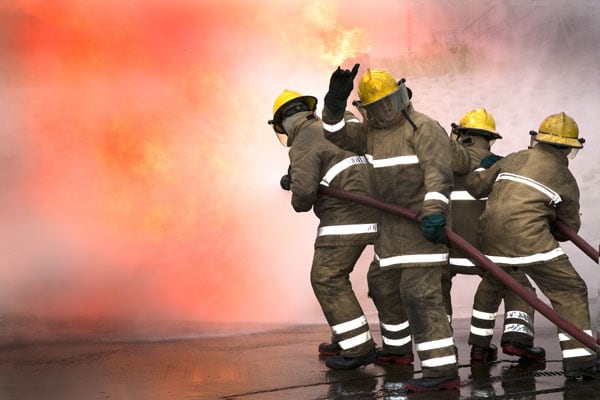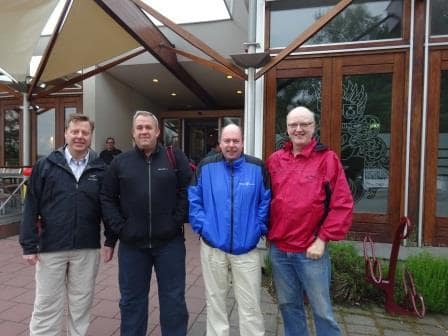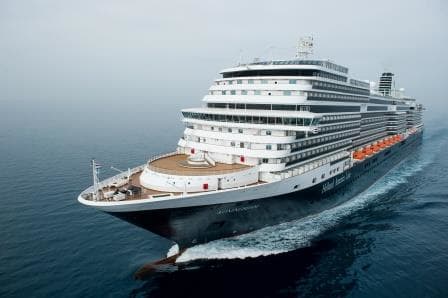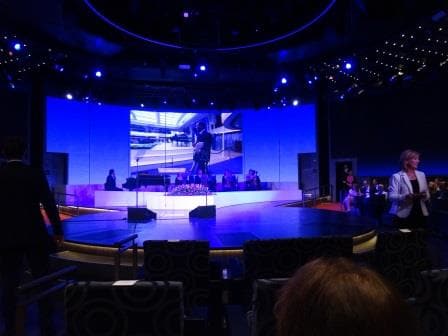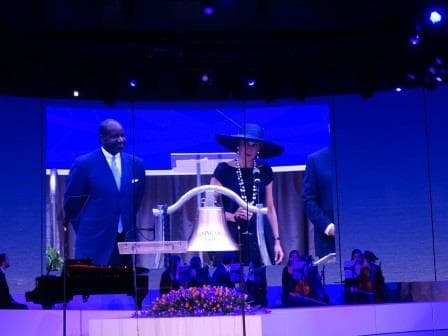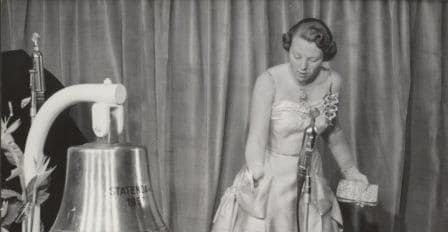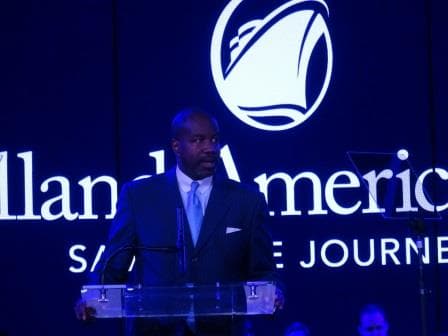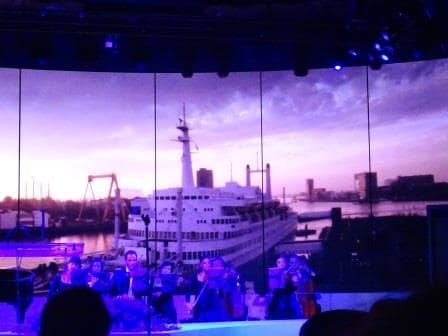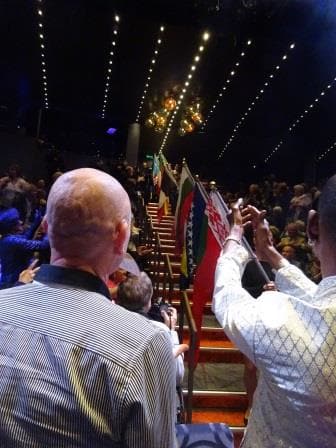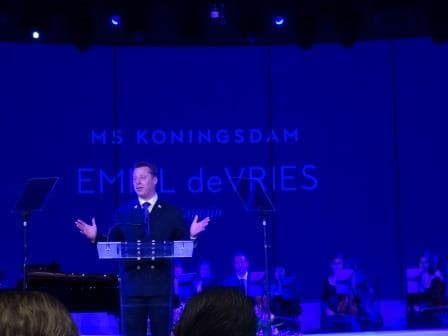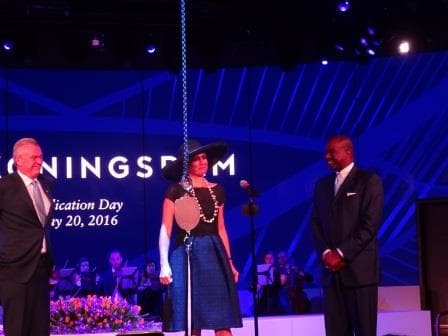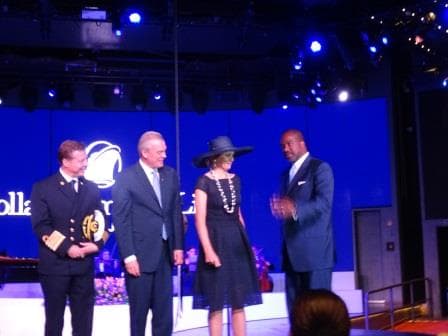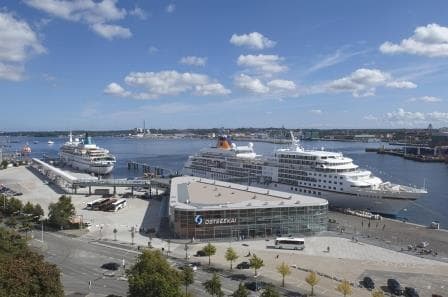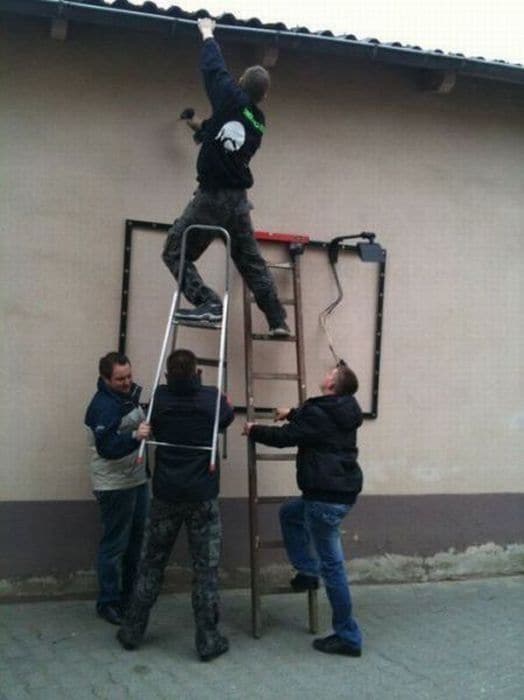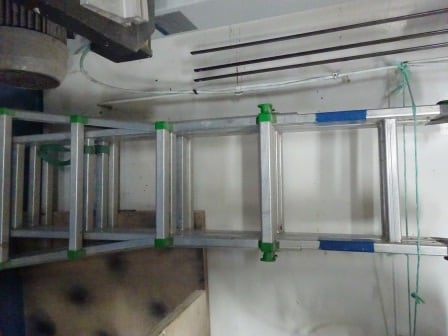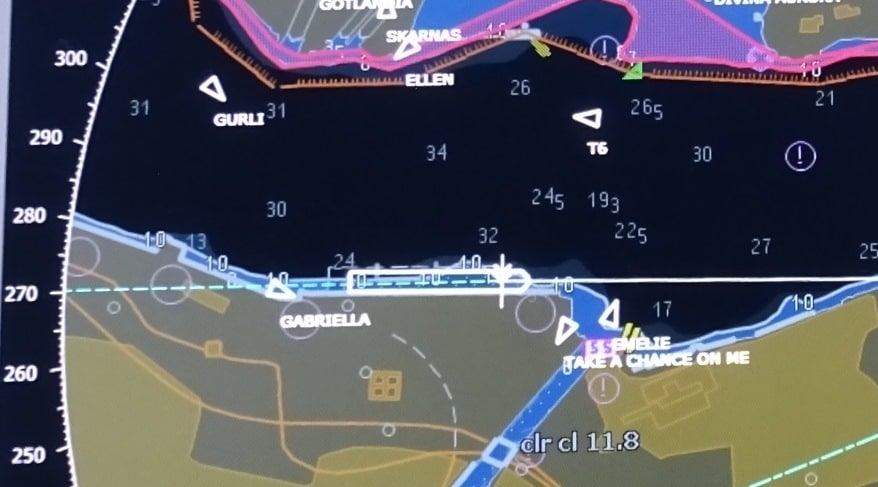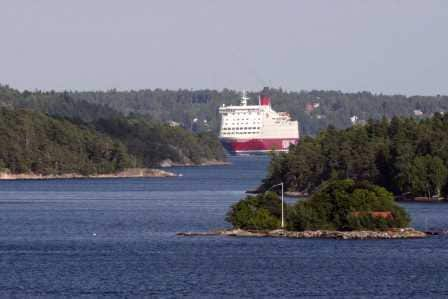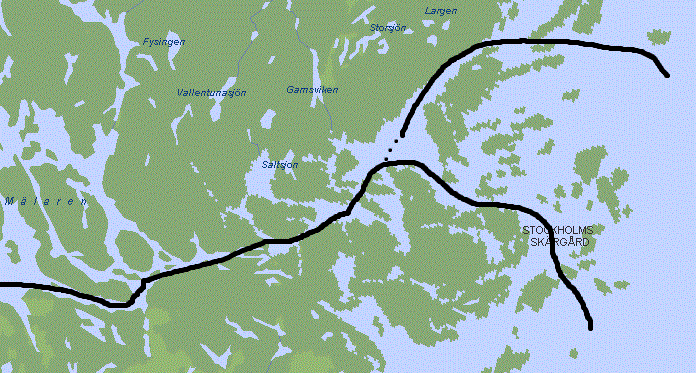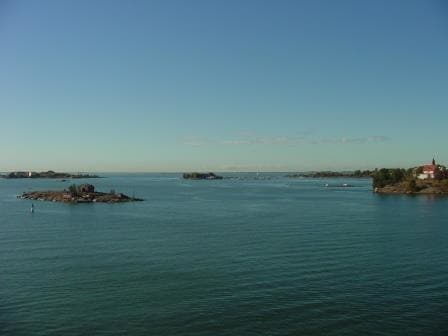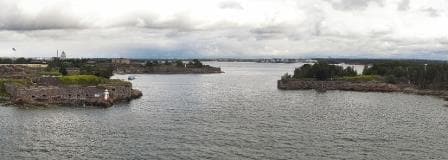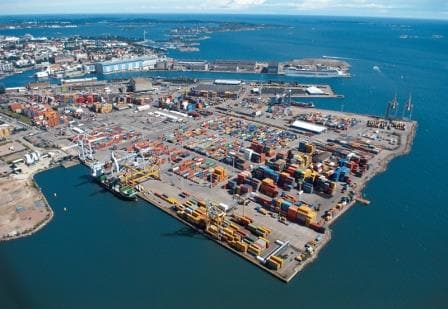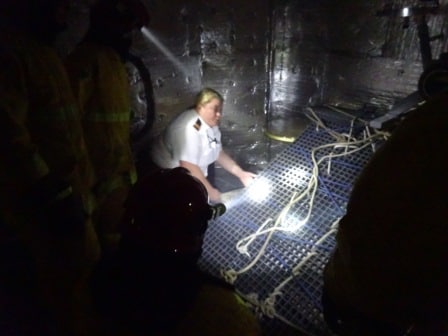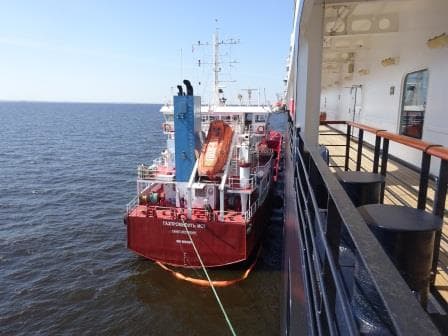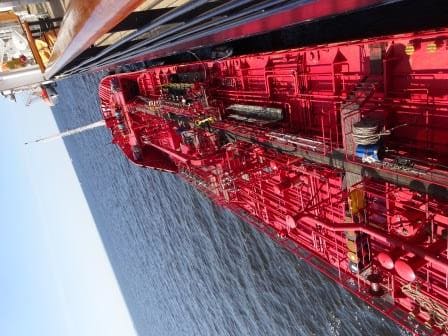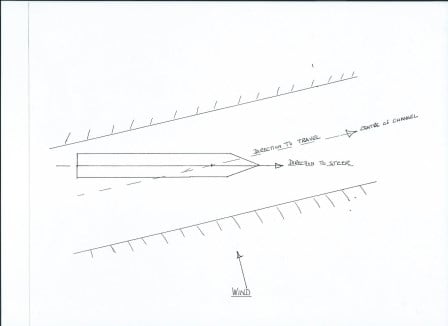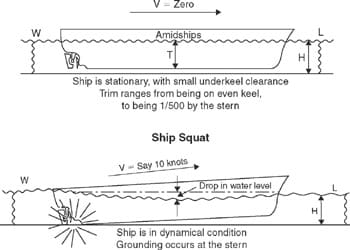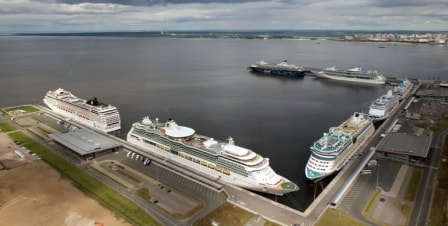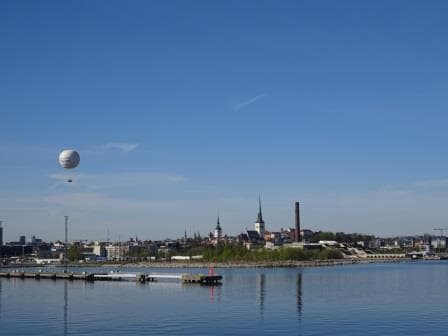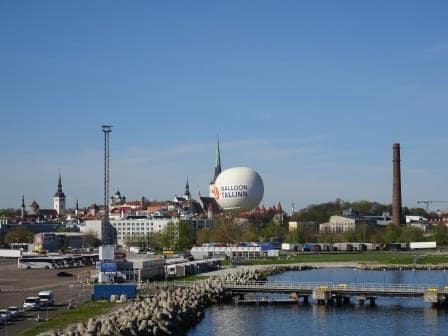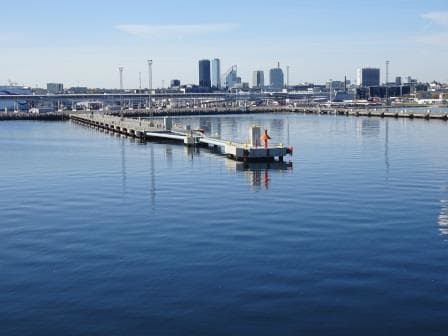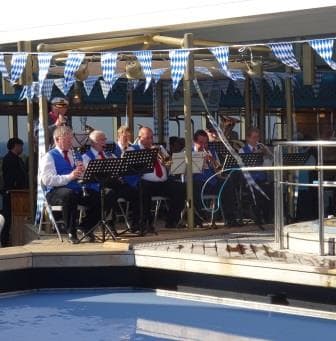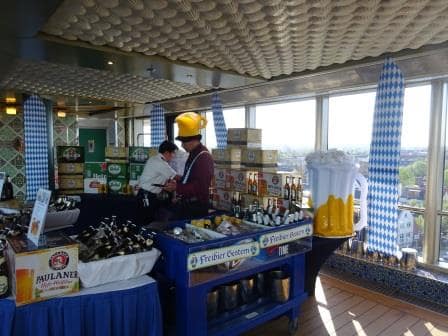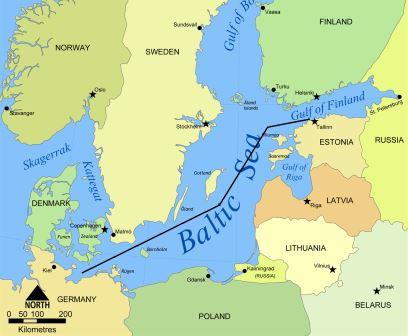Today we are sailing south of Nova Scotia and on towards Boston were we are aiming for a 04.00 pilot station. That is very early but Boston harbor and its approaches are not very deep in certain spots and thus the Rotterdam has to be there before low water to get in on time. We did not see much until about midday as we had Restricted Visibility. Very Restricted. Normal practice for this area where as soon as the weather gets a bit warmer, it heats up the air, air over cold water, and bingo a dense white wall starts to form and can last for days. Only when the ship gets further south, where the water is a bit warmer, or we touch the Gulf Stream then it normally clears. In my whole career I think I have never seen the coast of Nova Scotia with my own eyes. Only the contours on the Radar Screen. As is required by law, the captain then has to sound the ships whistle, once every two minutes to alert other ships to our presence. Radars are very good and can pick up nearly everything but the danger is always in the NEARLY everything. So we honk the horn and offer our apologies to the guests in the suites right under the Radar Mast and or the Funnel.
Having a suite with a balcony high up on the ship with a great view, is wonderful until you get into foggy areas. Then you find out exactly when the captain is working. Thus when I am now rotating over the ships, I do not mind to have an inside cabin or an outside cabin as long as it is tucked away on the lower decks far from where my colleague lets the whole world know that he is hard at work. But that is part of cruising. You have to take the rough with the smooth, the honking of the horn with spectacular scenery which you will get once the veil has lifted.
I was going to explain a bit more about the Safety training which is now compulsory every five years to comply with the international safety regulations. As is always the case, the law sets a minimum standard which gives you the required certificate. Then it is up to the company’s to over and beyond to ensure that the training of the ship’s crew is up to the company standards as well. So when we went on this last training, which is called BST or Basic Safety Training it was just to comply with the regulations and to be re-certified. Proper use of extinguishers, proper use of hoses, maneuvering with lifeboats, swimming and survival in the water.
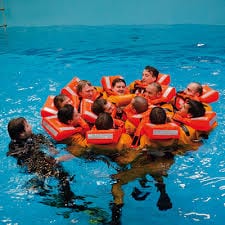
Survival at Sea. If you are thrown in the water, then you try to get in a group and stay together for easier recognition. This is called a huddle.
Then attached to this were two days of advanced firefighting and that is when the fun came in. Advanced means you have to plan, supervise and control two teams who go into a real fire and have them extinguish it fast, safe and by following the correct procedures. Two teams of four firefighters, two on the bridge as Command and Control and one who acts as the first response medic for first aid in case the teams find a casualty.
On the ships we can only simulate fires and then it is hard to keep focus and you have to a certain extent imagination to visualize what would be going on during a real fire. We use stage smoke and special effects on the ship but it is still a simulation. But now it is real. Black smoke, Heat, unfamiliar layout of the area you are being send into, it all sets the adrenaline going and you can spray water all over the place without having to be afraid that the Hotel Director starts to cry over his wet carpets. What is the use of this for us as Captains? First of all, to refresh our techniques again and secondly having instructors present who can critique us and give hints of where we can do better. You are never too old to learn something new, or too high in rank that you do not do anything wrong. It all helps to make the ships safer and that is always the top focus for all of us.
Tomorrow we are in Boston and it is going to be a warm and sunny day 83oF / 28oC. With not much wind so I would not be amazed if the Captain starts telling everybody again that he is working.
All photos courtesy of Falck Firefighting in Rotterdam, the Netherlands.
